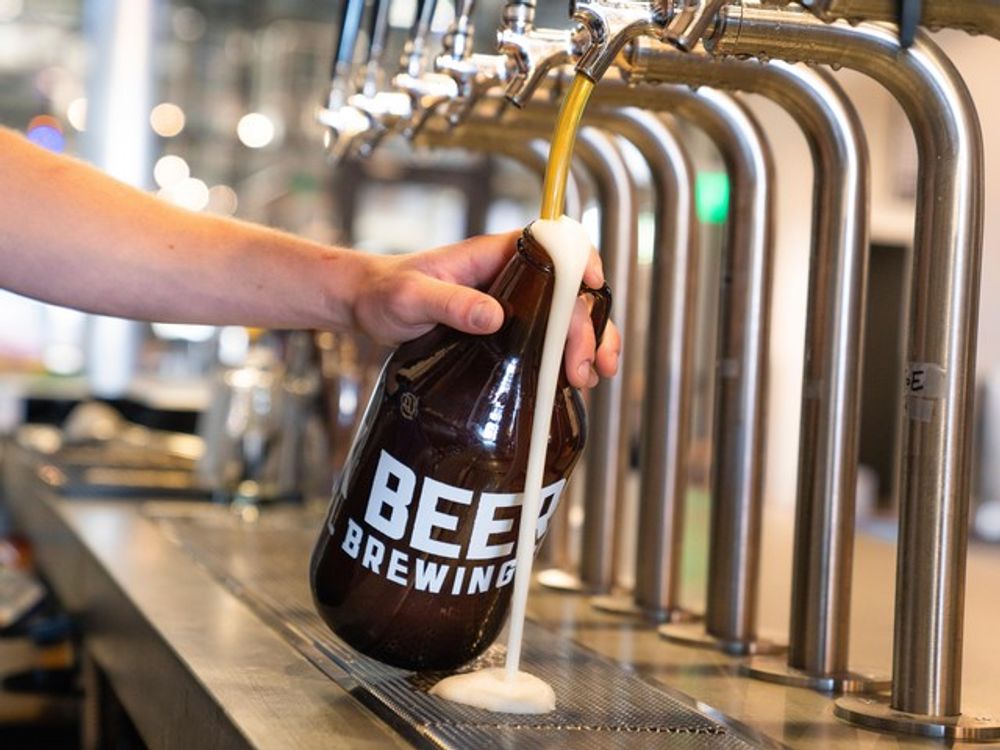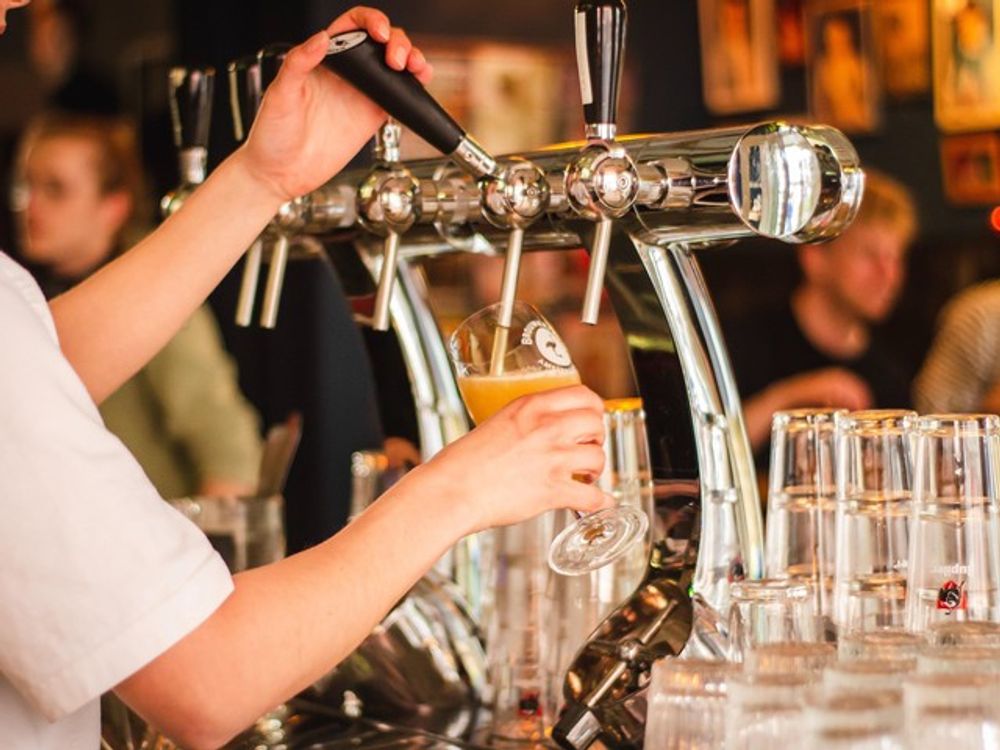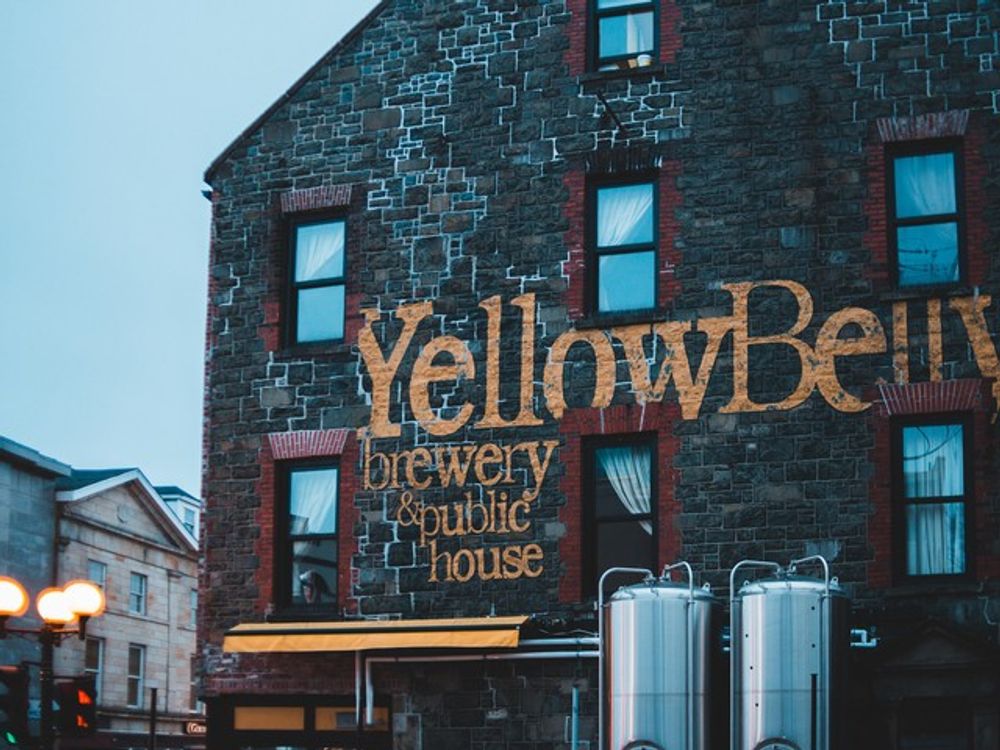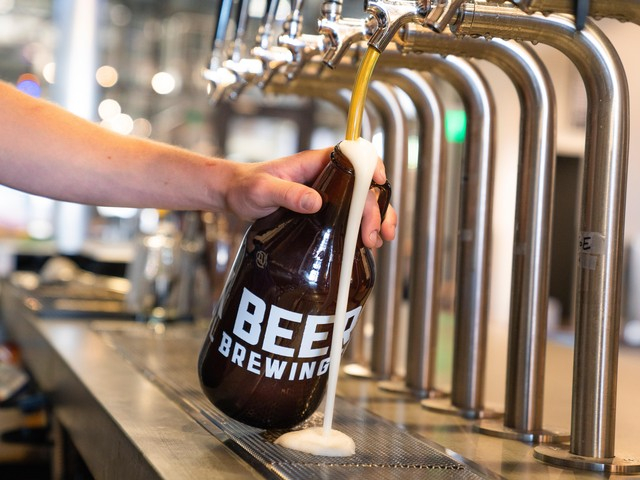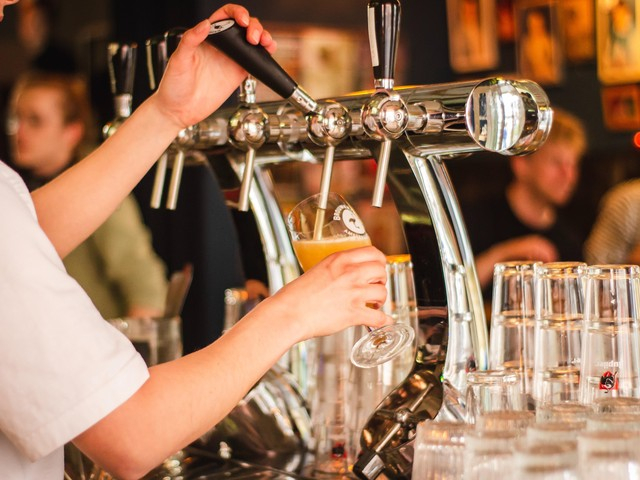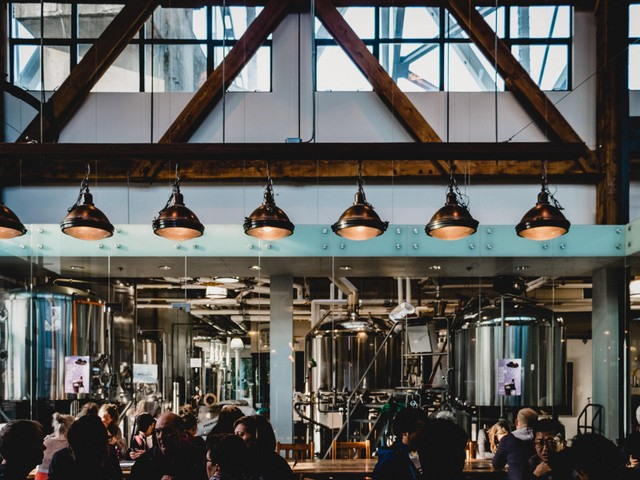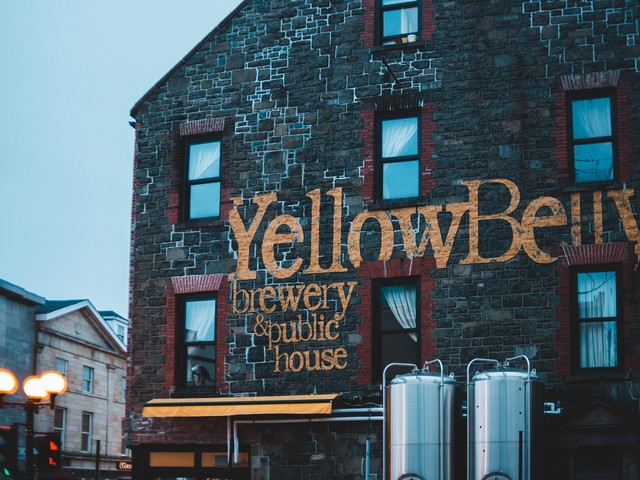The craft beer industry has been quietly brewing over the past few years, gradually expanding in major cities across South Africa. As the foodie trend has taken hold, micro-breweries too have come to the fore, offering regionally produced beers with limited distribution. For brewers, the idea is to provide local beers that are more eco-conscious and sustainable in their production. For consumers, the appeal lies in supporting the smaller guys; independent producers with quirky labels, innovative ranges and a higher quality, niche offering.
However, as market conditions have toughened, many micro-breweries have been forced to shut their taps. Limited production lines and higher quality ingredients mean that craft beer is already pricier than big-brand competitors. Now, costs have been driven even higher by water scarcity, soaring transport costs and the recession, as well as steep excise loads place on smaller producers. Micro-breweries simply can't compete with commercial labels or even the handful of well-established 'big boys' (and girls) of craft brewing.
Adding to these challenges is the fact that retail and tap space is limited. Liquor stores have only so much space on their shelves, while restaurants and pubs have a limited number of taps that are fiercely contested. In short, distribution channels are heavily congested, and pint-sized brewers are struggling to find sufficient, sustainable outlets for their beer.
Micro-breweries aren't ready to tap out. So what's the solution?
The answer may lie in direct-to-consumer distribution: brewpubs where patrons can pair their cold one with something hot - think burgers, tacos or gourmet hotdogs. And live music or pub quizzes for a winning recipe. In short, distribution alone isn't going to cut the mustard.
In a 2018 craft brewery survey carried out by Brewmistress.co.za, respondents reported that their biggest challenges as craft brewers were distribution and real estate, as well as 'sales without a pub'. It follows, then, that the next logical step is front-of-house sales. Aside from controlling their own taps and distribution volumes, further benefits include greater connectivity to customers (a massive advantage in any artisanal industry) and higher margins by cutting out the middlemen.
Setting up (s)hop
As with any type of business, finding the right space is one of the most critical factors to success - except with most other businesses, restrictions aren't often so rigid. Brewers must obtain micro-brewery liquor licences, as well as specific equipment that meets applicable health and environmental standards. In order to host customers, brewpubs need sufficient parking and must be compliant in terms of health and safety regulations.
Then of course there's the issue of location (location, location). According to local legislation, a brewery must be at least 500 meters away from schools, places of worship and similar institutions. Neighbours are also given the opportunity to submit objections to the licencing (although job creation and increased tourism can weigh in applicants' favour).
So where's a brewery to go? Reading between the lines, it's fairly clear that they'd need to be set up in industrial areas, but how many customers are excited at the prospect of spending a sunny Saturday afternoon sipping beer in a business park? It's not impossible to draw a crowd, but it does require significant investment in terms of time, research and innovation to find the ideal location.
The perfect pairing: micro-breweries and reclaimed spaces
Many brewpubs are turning to reclaimed industrial and retail space like warehouses, old mills or abandoned brewing facilities - large, relatively cheap spaces that have existing infrastructure for water, power and sewage.
Reclaiming these disused manufacturing spaces benefits brewers in a number of ways. This kind of property is often much more affordable than well-trafficked commercial space or ground-up development, plus it's actually very trendyamong millennials - the primary target market of the artisanal and craft movement. Think rustic, rural, reclaimed and restored - these are the pillars of adaptive reuse. It's financially appealing to developers while meeting the aesthetic demands of the Instagram generation, which favours electric, vintage and 'authentic' locations.
What's brewing for the future of SA beer?
The local craft beer market isn't quite out of the woods yet, as several international beer and ale brands are set to hit the South African market soon. However, innovative and agile micro-brewers still have the opportunity to thrive - and there are a number of success stories out there.
For example, Devil's Peak Brewing Company, which Swindon recently placed in new premises in Cape Town, grew from a micro-brewery to the second largest brewery in South Africa after SAB. Another favourite of ours is Salt Orchard tenant Shackleton Brewing Company, recently opened at the development in Salt River. Their lively taproom offers a range of craft beers and plenty of entertainment - and drinks specials - for sports fans.
It's all about finding the right spaces in which to operate, and about creating welcoming micro-communities in which customers can sip back, relax, and pop another brew.


